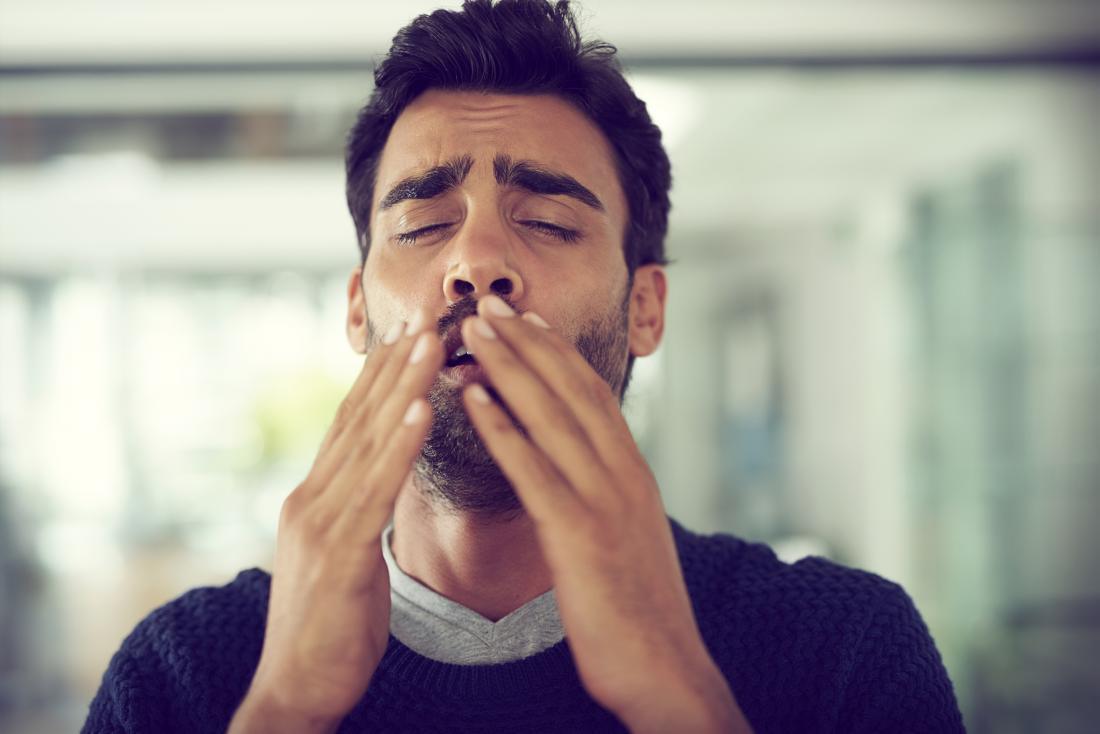How Long Should You Hold a Stretch? Time Your Routine

We all can agree that we need to stretch more, but many of us have probably wondered how long you should hold a stretch for.
Do not be embarrassed if you do not know how long you should hold a stretch for, as comprehending other variables, such as how often you should stretch, and when to stretch, can impact the answer.
Even if you do not get feelings of tightness in your legs, or don’t workout very often, stretching has a wealth of benefits and should be incorporated into everyone’s daily health and wellness routine.
What is the Ideal Stretching Routine?
 The ideal stretching routine is one that primes your body for both peak performance and injury prevention.
The ideal stretching routine is one that primes your body for both peak performance and injury prevention.
When preparing for a workout, using a strategic bottom-up approach to your stretching routine that functionally attacks muscles and joints is a recipe for success.
Step 1) Feet, Ankles, & Calves
he feet are the foundation of the body, so it’s best to start with simple ankle rolls and toe pulls to warm up your base
Step 2) Hamstrings and Quads
The hamstrings and quads are both large and powerful muscles, so activating them with anterior and posterior leg swings will help loosen them up
Step 3) Hips
Since the hips help anchor your upper body to your lower body, stretching them in all directions is imperative for your stretching routine
Step 4) Spine
Eliminating tightness in the back with spinal twists and extensions can improve circulation and decrease any rigidity.
Step 5) Neck and Shoulders
Stretching your neck and shoulders with neck rolls and shoulder circles is a significant technique towards maintaining postural integrity.
This 5-step ideal stretching routine will help prepare you for any workout, sport, or even as a morning boost or nighttime refresher.
How Long Should You Hold a Stretch?

While the general consensus for how long you should hold a stretch is 10 seconds to 2 minutes, in reality, it is largely dependent on whether you are performing static stretching or dynamic stretching.
Static stretching and dynamic stretching serve different purposes and therefore should be treated as equal but separate actions.
While there is no inherent wrong answer to how long you should hold a stretch in either case, it’s important to know what the reasons are behind the data.
How Long to Hold a Static Stretch
Static stretching involves holding specific positions for a set period of time, ideally for a minimum of 10 seconds and a maximum of 2 minutes.
If static stretching for any less than 10 seconds, your body does not have enough time to relax into the position to increase range of motion.
On the other hand, if static stretching for longer than 2 minutes, you could be placing excessive strain on a single muscle.
How Long to Hold a Dynamic Stretch
Dynamic stretching involves actively moving through various ranges and positions to increase blood flow and pliability.
It’s recommended to hold a dynamic stretch for a minimum of 20 seconds and a maximum of 60 seconds. This gives your body enough response time to increase the range of motion, while not fatiguing the muscles.
If you ever feel dizzy while stretching, it's best to hold off until you've regained your composure.
How Often Should You Stretch?

There is not necessarily a set number of times for how often you should stretch, because we all have different body types and activity levels that help dictate how often you should stretch.
However, there are obviously certain situations that dictate more frequent stretching. If you are an athlete or frequent exerciser, you should be stretching more often, 3-4 times per day to prevent delayed onset muscle soreness.
If you exercise less frequently, you should still work to experience the benefits of stretching, then twice per day will suffice. Be sure to separate the times though so that you are not experiencing long bouts of stillness and stiffness.
When’s the Best Time to Stretch?

The best time to stretch generally falls under certain parameters, but in reality, the best time to stretch is anytime! If you’re ever feeling tight or stiff, there are no negative consequences to performing a quick stretch in the middle of your day.
Nevertheless, the best time to stretch is normally before and after your workout, and when waking up and before going to sleep.
Each of these times during the day hold importance for different reasons. Stretching before and after your workout is beneficial for injury prevention and to accelerate recovery. Conversely, stretching when waking up helps initiate some blood flow after resting for several hours, while stretching before sleeping can be a calming, relaxing sleep aid.
Benefits of Stretching

Incorporating a stretching routine into your daily schedule has a myriad of benefits.
While you may be aware of the physical benefits of stretching, such as loosening up your muscles, there are also psychological benefits that can help improve your mental clarity.
Increase Flexibility
The most recognized benefit of stretching is increasing flexibility. We’ve all experienced tight muscles from a hard workout or sitting too long and did a couple quick stretches to loosen up.
While the quick stretches may provide a temporary increase in flexibility, studies have proven that when stretching consistently with a strategic stretch routine, you can increase flexibility and mobility.
Making sustainable changes to your body’s flexibility may be a moderate challenge, but if you also strategically utilize the best time to stretch and when to stretch, you will find that you are more than capable of increasing flexibility enough to the point where you can encompass partner stretches into your routine.
Improve the Mood
Stretching, just like any other exercise form, can release “happy hormones” such as dopamine, that can improve your mood and make you feel good!
When these happy hormones are activated, it can reduce stress, enhance cognition, and promote overall well-being. As well, since your body feels less physically tight from stretching, you can have an improved mood from the feeling of loose muscles.
Since hormones are a key regulator of our behavior, try using a stretching routine as a catalyst for mood enhancement.
Increase Blood Circulation
Our circulatory system is responsible for transporting blood, nutrients, and oxygen to other parts of our body, and lucky for us, stretching can increase circulation.
The science behind exercise and movement, which includes stretching, indicates our need to assist with blood circulation to maintain healthy minds and bodies. We can then deliver valuable nutrients to muscles and vital organs that can help stave off injury and disease.
Ultimately, increasing blood circulation may be one of the best reasons to stretch every day, due to its effect on our internal organs and systems. A daily routine that involves stretching is an investment into health and happiness.
Can You Overstretch?

While it is a rare occurrence to overstretch, it is definitely possible.
The possibility of overstretching is one of the main reasons why it is essential to maintain proper breath control and ground stability so that your joints and muscles are not pushed beyond their threshold.
If your body is pushed beyond its threshold and muscles have extended beyond their range of motion, you may find yourself at higher risk of injury. The mechanism of an injury is often when a specific body part is pushed beyond its limit, and stretching is no different.
By embracing the best time to stretch, how long to hold a stretch, how often you should stretch, and when to stretch into your stretching routine, you will put yourself in a better position to receive the wealth of benefits of stretching without worrying about overstretching.
References:
Langevin, M. Helene. “Making the Case for More Stretching, Less Stressing.” 5 May 2020, National Center for Complementary and Integrative Health. https://www.nccih.nih.gov/research/blog/more-stretching-less-stressing
Page, Seraine. “Stretching Benefits: Why Stretching Should Be A Part of Your Life.” 2 Apr 2020, Total Wellness Health. https://info.totalwellnesshealth.com/blog/why-stretching-should-be-a-part-of-your-life

 Peace of Mind Promise
Peace of Mind Promise




